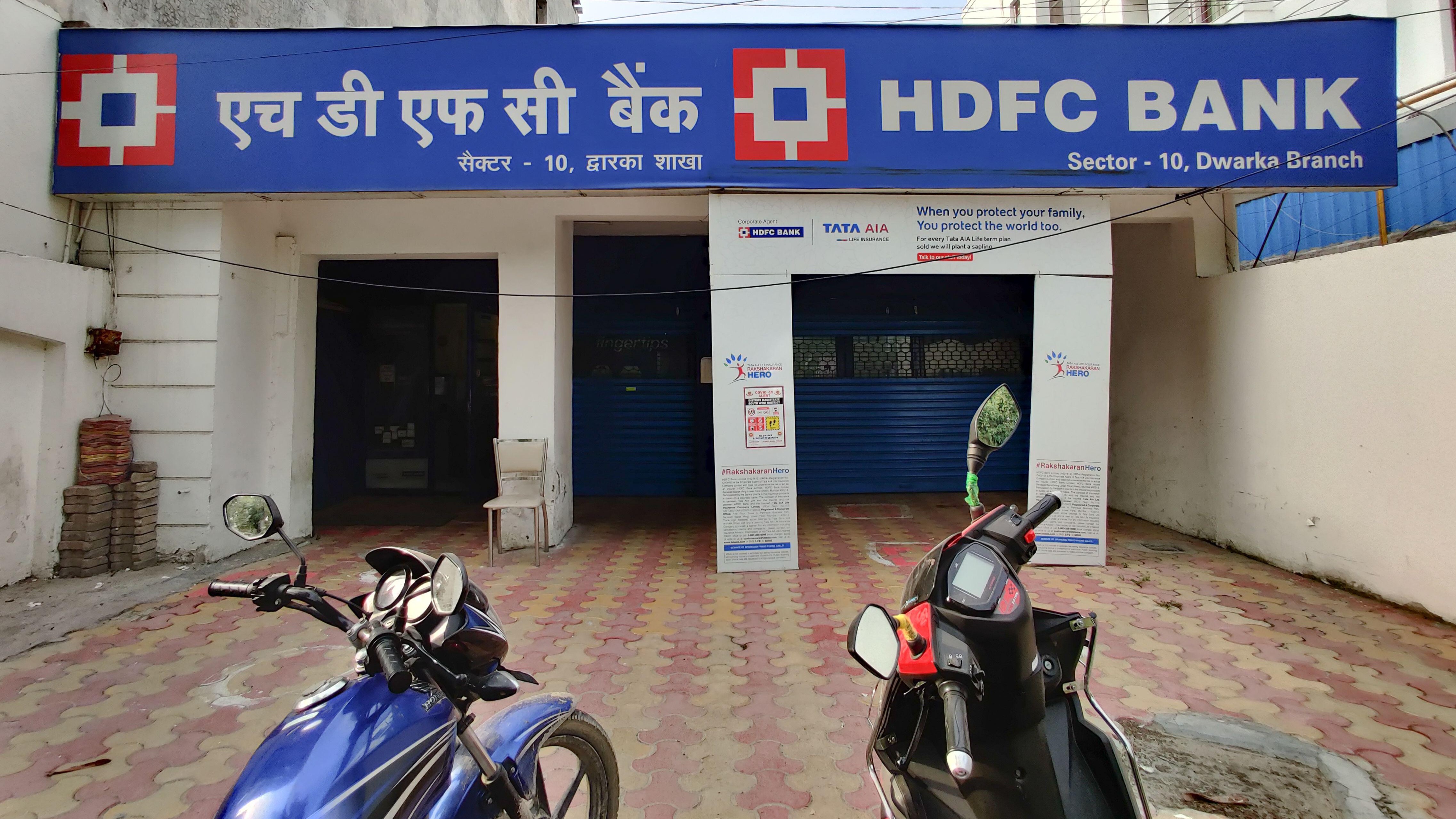DevSecOps: How to Integrate Security into Your DevOps Workflow
In the fast-evolving landscape of software development, we can't afford to treat security as an afterthought anymore. DevSecOps, which blends Development, Security, and Operations, makes sure that we weave security into every phase of the software development lifecycle (SDLC). Here’s how you can smoothly integrate security into your DevOps workflow: 1. Adopt a Shift Left Strategy for Security Conventional security measures often come into play too late. By shifting left when it comes to security, teams can incorporate it right from the start of the SDLC. This means setting up automated security checks in code repositories and continuous integration pipelines. 2. Automate Your Security Testing Integrate security tools such as Static Application Security Testing (SAST), Dynamic Application Security Testing (DAST), and Software Composition Analysis (SCA) into your CI/CD pipelines. Automation is key to identifying and resolving vulnerabilities early in the process. 3. Prioritize IaC Security As infrastructure is frequently provisioned through code, it's critical to apply security best practices to Infrastructure as Code (IaC) templates. Use tools like Terraform and AWS CloudFormation and conduct scans for misconfigurations prior to deployment. 4. Enforce Access Control via Least Privilege Limit access to important systems by adhering to the principle of least privilege. Implement Role-Based Access Control (RBAC) and multi-factor authentication (MFA) to minimize the chances of unauthorized access. [ Are You Looking: Kubernetes Service] 5. Stay Vigilant with Monitoring and Threat Response Utilize real-time monitoring and logging platforms like ELK Stack, Splunk, or AWS Security Hub to spot anomalies. By integrating security incident response within your DevOps pipeline, you can achieve quick detection and resolution of threats. 6. Cultivate a Security-First Mindset Make security a collective responsibility across all teams. Offer regular training and awareness programs for developers, operations, and security personnel to foster a proactive security culture. Conclusion Merging security with DevOps through a DevSecOps framework not only boosts software quality and reduces vulnerabilities but also ensures compliance. By embedding security throughout the development journey, organizations can create strong, secure applications without sacrificing speed and agility. You can check more info about: Cloud Security in DevOps. AWS Database Migration Service. AWS Consultant. Cloud Consultant. Platform Engineering Services.

In the fast-evolving landscape of software development, we can't afford to treat security as an afterthought anymore. DevSecOps, which blends Development, Security, and Operations, makes sure that we weave security into every phase of the software development lifecycle (SDLC). Here’s how you can smoothly integrate security into your DevOps workflow:
1. Adopt a Shift Left Strategy for Security
Conventional security measures often come into play too late. By shifting left when it comes to security, teams can incorporate it right from the start of the SDLC. This means setting up automated security checks in code repositories and continuous integration pipelines.
2. Automate Your Security Testing
Integrate security tools such as Static Application Security Testing (SAST), Dynamic Application Security Testing (DAST), and Software Composition Analysis (SCA) into your CI/CD pipelines. Automation is key to identifying and resolving vulnerabilities early in the process.
3. Prioritize IaC Security
As infrastructure is frequently provisioned through code, it's critical to apply security best practices to Infrastructure as Code (IaC) templates. Use tools like Terraform and AWS CloudFormation and conduct scans for misconfigurations prior to deployment.
4. Enforce Access Control via Least Privilege
Limit access to important systems by adhering to the principle of least privilege. Implement Role-Based Access Control (RBAC) and multi-factor authentication (MFA) to minimize the chances of unauthorized access.
[ Are You Looking: Kubernetes Service]
5. Stay Vigilant with Monitoring and Threat Response
Utilize real-time monitoring and logging platforms like ELK Stack, Splunk, or AWS Security Hub to spot anomalies. By integrating security incident response within your DevOps pipeline, you can achieve quick detection and resolution of threats.
6. Cultivate a Security-First Mindset
Make security a collective responsibility across all teams. Offer regular training and awareness programs for developers, operations, and security personnel to foster a proactive security culture.
Conclusion
Merging security with DevOps through a DevSecOps framework not only boosts software quality and reduces vulnerabilities but also ensures compliance. By embedding security throughout the development journey, organizations can create strong, secure applications without sacrificing speed and agility.
You can check more info about: Cloud Security in DevOps.











































































